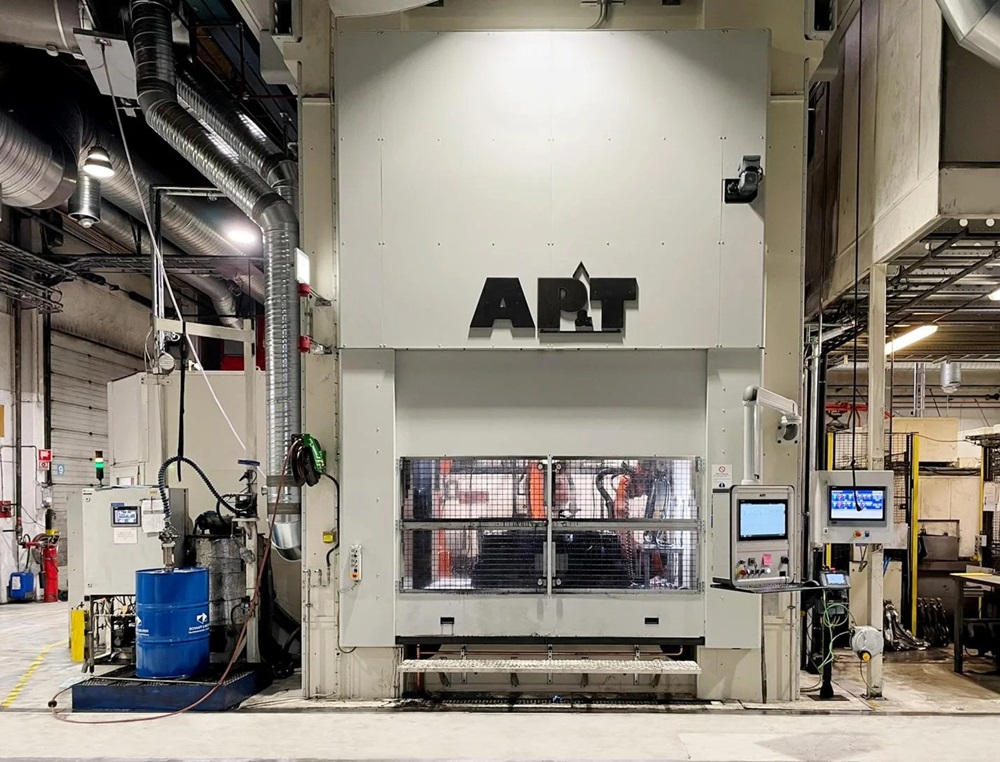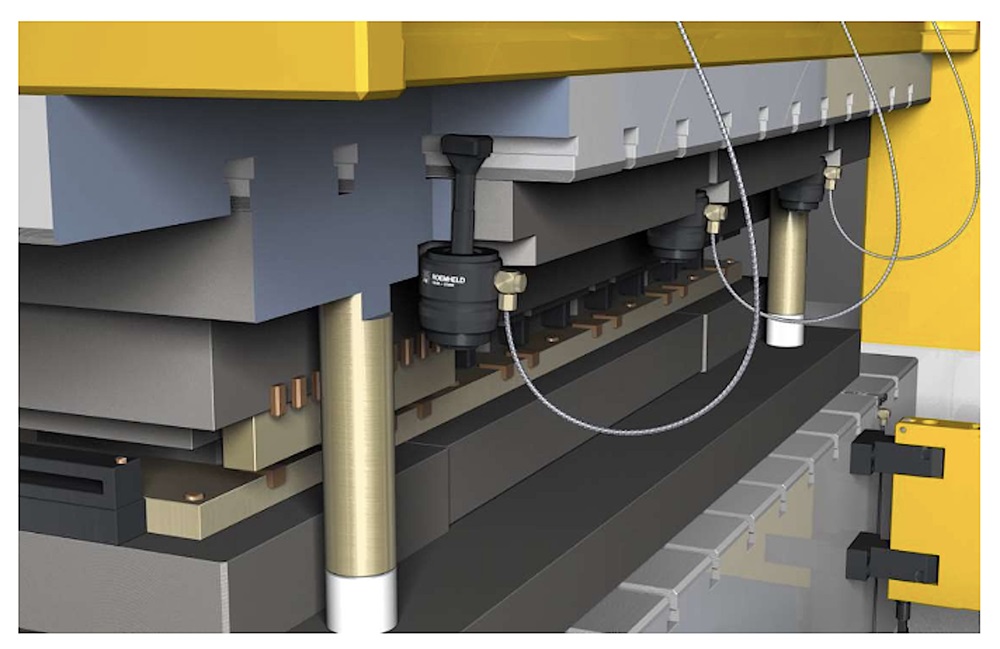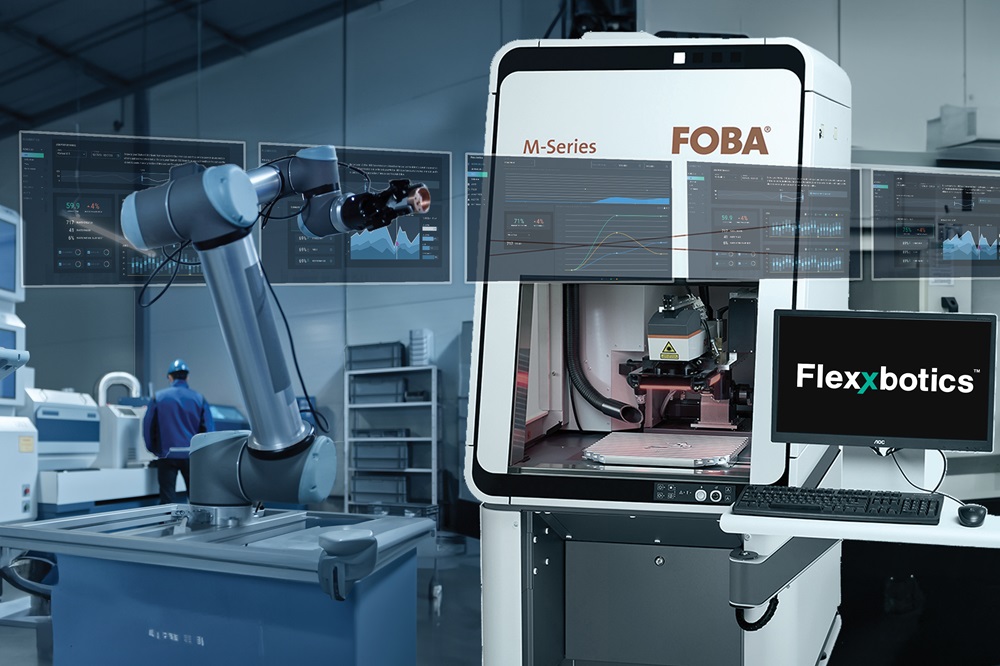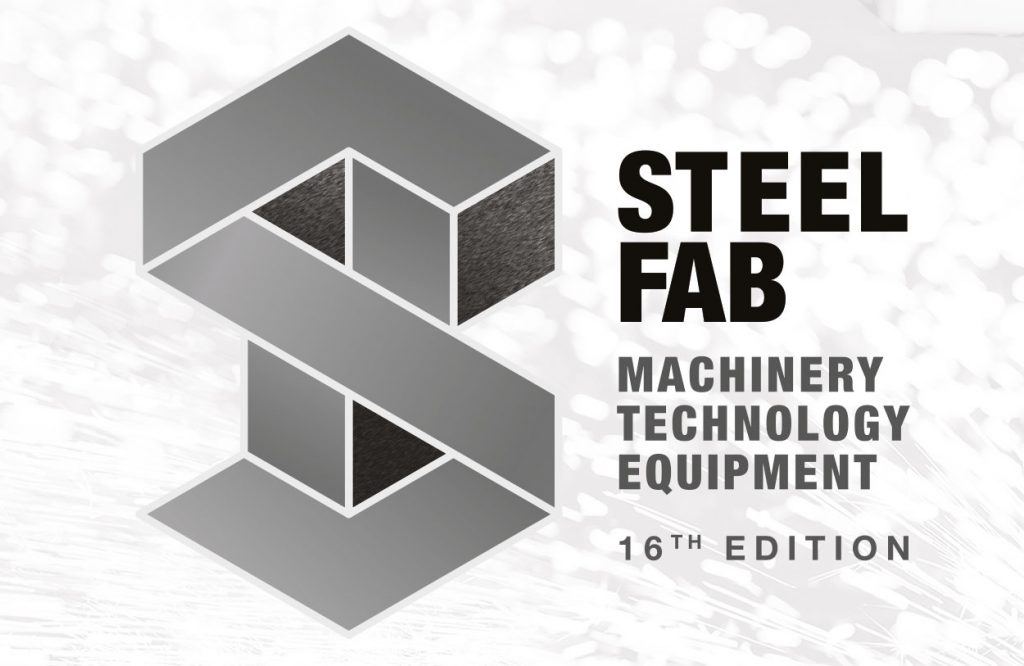To monitor and improve quality in press shops through digitalisation, Ifm and Schuler Group have struck a co-operation agreement. The aim is to offer customers more transparency and increase efficiency in sheet metal forming.
Sheet metal forming presses are among the most important machines in all industries in which the processing of sheet metal takes place. The Schuler Group has 180 years of experience in forming technology and is the world’s market leader. Using digital solutions such as Track & Trace, Visual Die Protection or DigiSim, the company offers numerous tools that support digitalisation in press shops. Ifm SmartStamp expands this offering with a software tool that detects tilting, eccentricity and the resulting tilting moment on forming presses within milliseconds.
“If the ram tilts too far, the press guides are subject to excessive strain and will incur damage in the long term,” explains Christoph Schneider, vice president of product management applications at Ifm.
The tool protects the press from excessive wear and damage and helps to improve availability. SmartStamp is integrated into the Moneo IIoT platform, and now also into the Metris platform from Andritz, Schuler’s parent company.
“Thanks to combination with the data from our cloud-based digital solutions, customers benefit from interoperability and, consequently, even higher transparency in the press shop,” emphasises Rohitashwa Pant, chief digital officer of the Schuler Group.
The co-operation agreement provides for collaboration in sales. It is immaterial which system customers use when they start to digitalise. They can expand their digitalisation solution with the other system at any time.
More information www.schulergroup.com



















